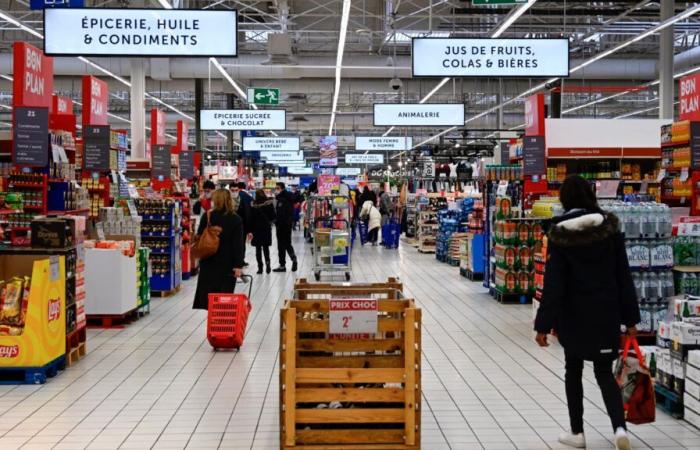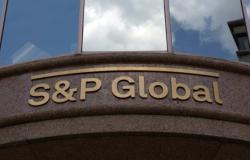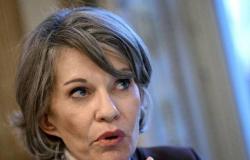Consumer prices increased by 1.3% in November compared to November 2023. Over one month, they fell by 0.1%.
Consumer prices increased by 1.3% in France in November over one year, according to a provisional estimate from INSEE on Friday, after 1.2% in October, a “quasi-stability” according to the Institute.
Still according to these provisional estimates, over one month, consumer prices fell slightly by 0.1% in November, compared to an increase of 0.3% the previous month. Over one year, INSEE explains that the increase in consumer prices would be due to a “slowdown in food prices offset by an acceleration in service prices”, and a “less marked drop in food prices”. energy”.
In November the drop in prices could be explained by the reduction in the prices of services, particularly transport, specifies INSEE. The prices of food and manufactured products, on the other hand, would be stable compared to October, but “those of energy and tobacco would be up slightly in November”, we can still read.
A rate reduction expected in December
The harmonized consumer price index (HICP), which allows comparisons between European countries, increased by 1.7% in November after 1.6% in October over one year. And would decrease by 0.1% in November after +0.3% in October.
Thursday the governor of the Bank of France, François Villeroy de Galhau, estimated that “all the reasons” were “met” for a “reduction” in interest rates during the next meeting of the governors of the European Central Bank (ECB ) on December 12. Inflation in France is now significantly below the 2% per year target favored by the institution.
The ECB has eased its monetary policy recently, with three interest rate cuts since June. Most economists predict that the ECB will decide on further cuts at its next meetings, even reducing the deposit facility rate to 2%. Once returned to this level, Eurozone monetary policy would be considered neutral, meaning it would neither slow down nor stimulate economic activity.






